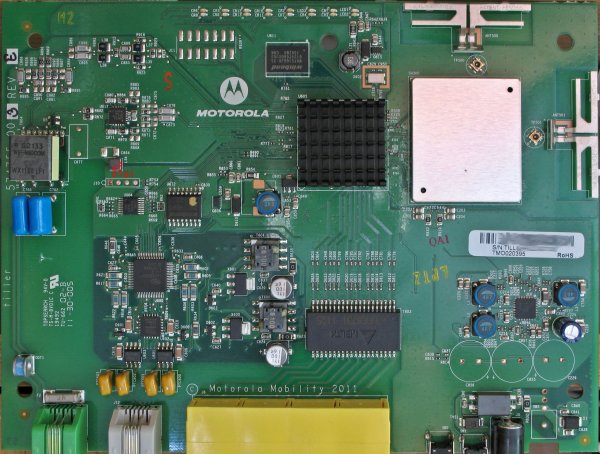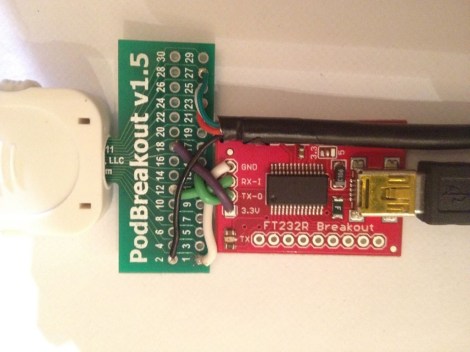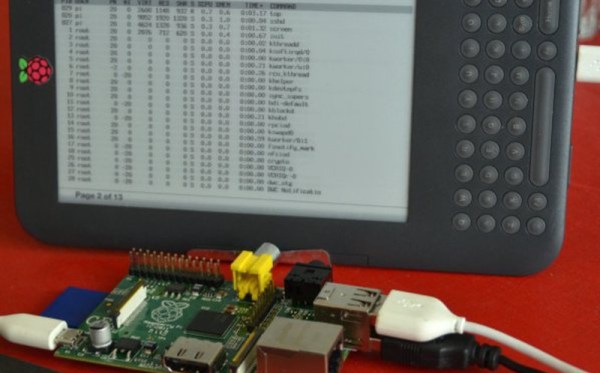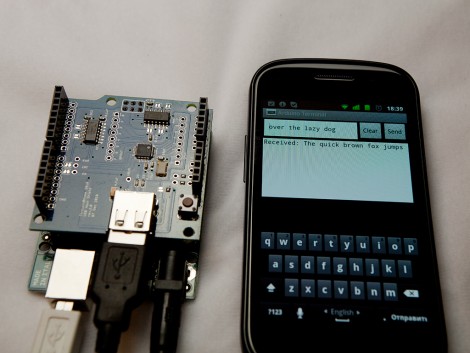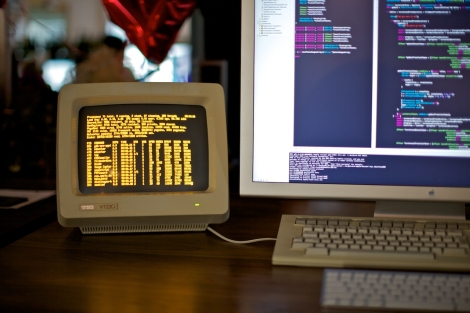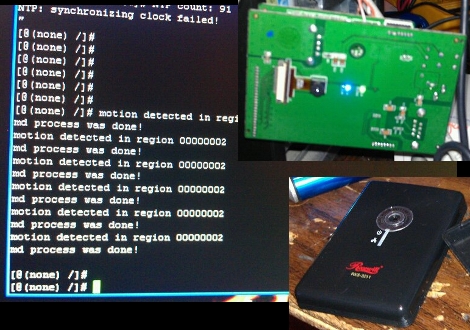Unhappy with the performance of his U-verse modem [Jordan] decided to dig in and see if a bit of hacking could improve the situation. Motorola makes this exclusively for AT&T and there are no other modems on the market which can used instead. Luckily he was able to fix almost everything that was causing him grief. This can be done in one of two ways. The first is a hardware hack that gains access to a shell though the UART. The second is a method of rooting the device from its stock web interface.
We think the biggest improvement gained by hacking this router is true bridge mode. The hardware is more than capable of behaving this way but AT&T has disabled the feature with no option for an unmodified device to use it. By enabling it the modem does what a modem is supposed to do: translate between WAN and LAN. This allows routing to be handled by a router (novel idea huh?).

